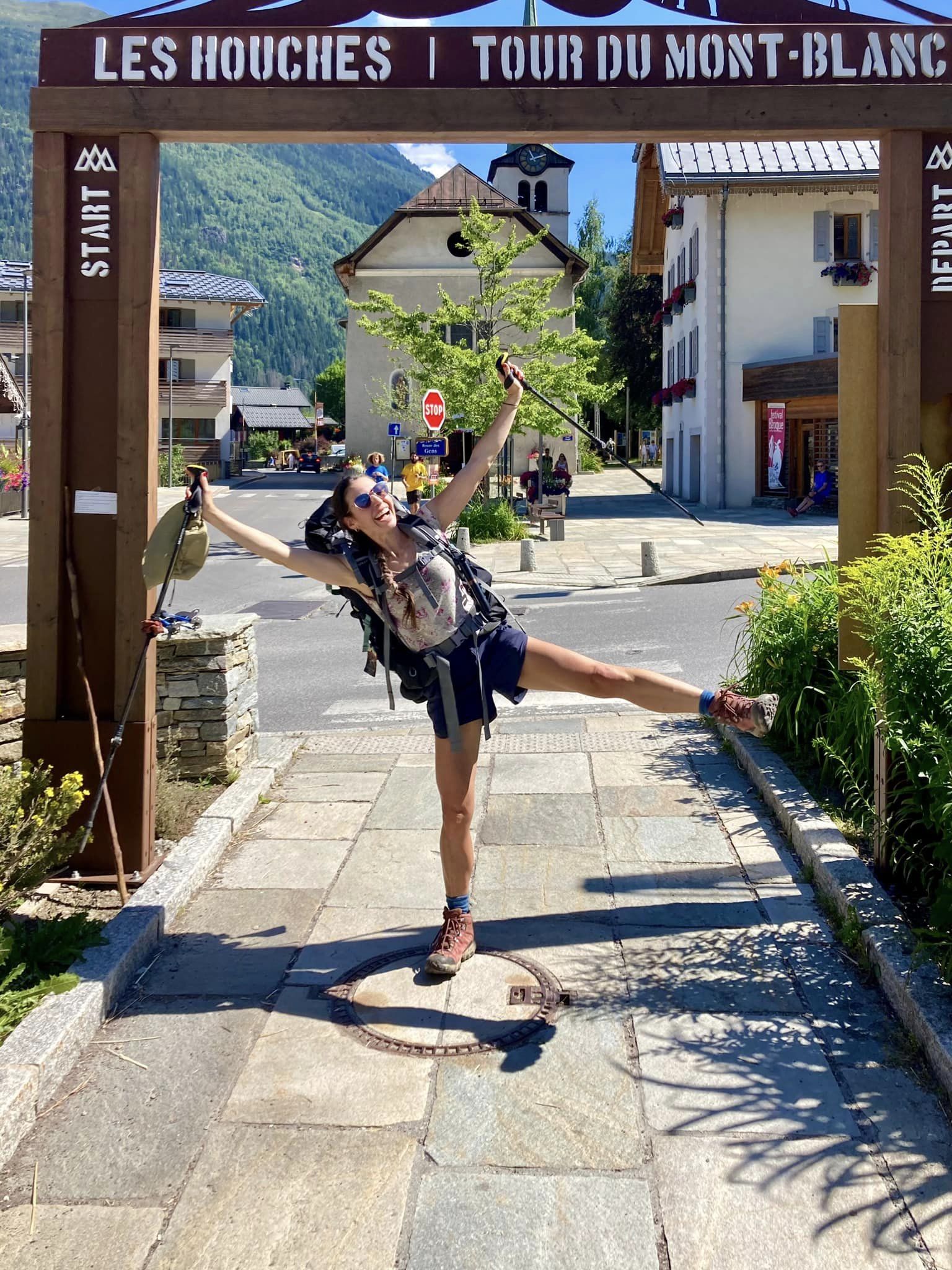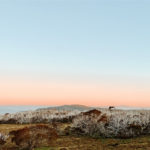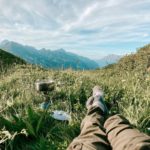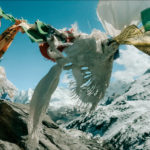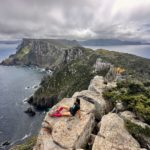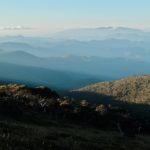Never done a multi-day hike?
Start here
If it’s important to you, you’ll find a way.
If not, you’ll find an excuse.
Intro
Is this you?
– You love hiking and bushwalking and are enjoy day walks?
– You have never done a multi-day hike?
– You feel that call from deep within to take it to the next level and immerse yourself more fully in nature?
Then start here! This is the guide for you.
In fact, this was me at the start of 2022 – not that long ago! Since then, I have done around 10 trips and up to 11 days within the one trip. Including Tour du Mont Blanc, The Overland, Everest Base Camp, Falls to Hotham Alpine Crossing, parts of the Grampians Peaks Trail and Australian Alps Walking Track, Three Capes Track, Wilson’s Prom Southern Circuit and MORE!
Nearly all solo!
In fact, solo multi-day hikes for me are the epitome!! I absolutely love being out hiking in solitude.
Fear & uncertainty
Fear and confidence is one of the first things you may need to face. If you’ve never been ‘out there’ on your own it can feel like a bit overwhelming to get started. Read my blog post on FEAR here.
One way to cross that line between day and multi-day hikes is to join a paid tour group on a well-known trail. You’ll have expert guides and a group around you to ease you in. From there you will have more confidence to embark on a mutli-day trek solo.
Gear
Well, you need the right kit, that’s a no brainer. Here’s what I take on an overnight hike- whether it is 3 days or 10.
– Pack with pack cover
– Tent
– Mat
– Sleeping bag
– Travel pillow
– Thermals to sleep in or layer as needed
– Cooker, small saucepan, cup, spork
– Food
– Water
– Hat, sunnies, beanie, gloves (even in Summer TAKE the warm things)
– Socks and undies
– Shorts, pants, tee, fleece (I don’t pack spare clothes)
– Swimmers & 1/2 travel towel (yes, I cut my travel towel in half)
– Down jacket (if it’s going to be cold)
– Gortex waterproof jacket or even the plastic poncho thingies if I don’t expect harsh conditions
– Camp shoes (slides or Tevas that you can wear with socks, not thongs!)
– Book, bible, journal & pen
– Sunscreen & toiletries (decantated into little bottles)
– First Aid/repair kit (space blanket, paper tape, Gafa tape, band aids, sterile wipes, cord)
– Trowel, toilet paper & hand sanitizer
– Powerbank (10,000 amp)
– iPhone (I use this as my camera and for gps navigation)
That’s it. If you look closely it’s not that much gear. It’s not ultra light (UL) but it sure isn’t half the house and the kitchen sink. My base weight will be around 6kg, my pack itself being over 2kg of that.
On charging devices I have 2 x 10,000 amp NiteCore power banks. If it is cold weather, I take the two as the cold sucks the power big time. I only use them to charge my iPhone which is what I use for a camera and GPS/navigation.
I use clear zip lock bags to organise my gear and keep everything dry.
Want do see my ACTUAL gear that I use, check out my YouTube video. This is for Tour du Mont Blanc but you’ll get to see the exact kit I always use.
Blog post coming soon on what everything in my pack! The actual items! Brands, weights etc.
Follow me on Instagram and SUBSCRIBE at the bottom of the Home page for updates.
Navigation & communication on the trail
Navigation and the reality of getting lost is certainly a possibility but planning well will reduce the risk.
I use AllTrails PRO and download the satellite map for hikes in the area before I leave phone reception. This feature works even when you do not have phone reception/data or when your phone is on airplane mode. The GPS is able to pinpoint your location, and this has definitely saved me from heading down the wrong path a number of times! I used this in Europe and Nepal on the trails there and I was ‘off grid’ the whole time.
Be aware, the app can glitch. So, if your location looks off, restart the app and try again.
AllTrails can also sometimes get the route wrong so read the comments before you start as others will have picked this up and will provide guidance. Screen shot comments as you may not be able to see these if you don’t have reception.
On paper maps – for my overseas trips and longer trails I’ve done in Australia like the Overland, I used a paper map. Learning directions and basic topography is a big help. Outdoors shops have maps for main trails in Australian and overseas or search online.
I do not have a compass, but plan to get one and jump in on a session with my son’s Scout group so I can learn this skill. If you are serious about hiking I recommend you also seek out a way to acquire this skill – your local outdoors shop may be able to help.
On communication, I tell someone where I am going by sharing the AllTrails trail link. I stay off-grid while on the track and if I have no data even better. My faith in God is huge and I simply don’t overthink the possibility that things will go wrong.
I trust this has been helpful, please drop any questions below and inspire future blog posts!
Would love for you to follow me Instagram, Facebook and SUBSCRIBE at the bottom of the Home page.
